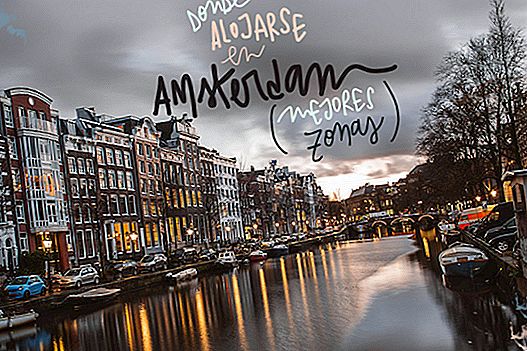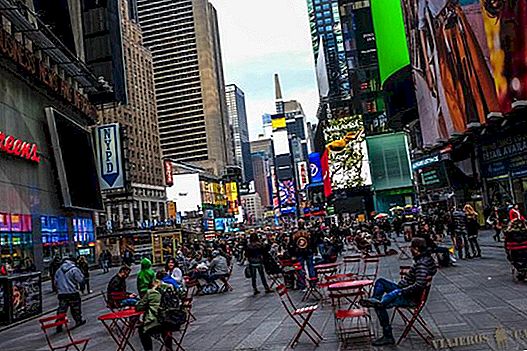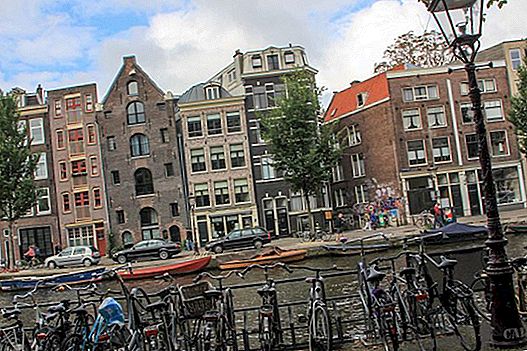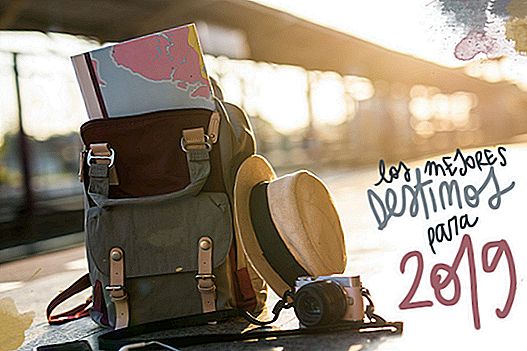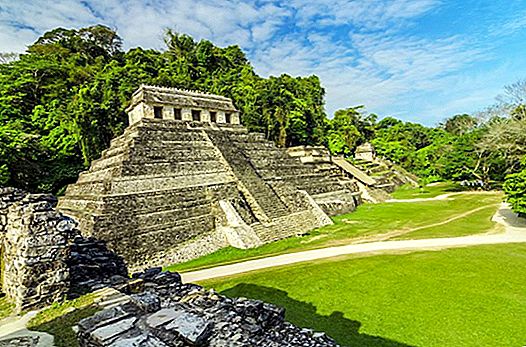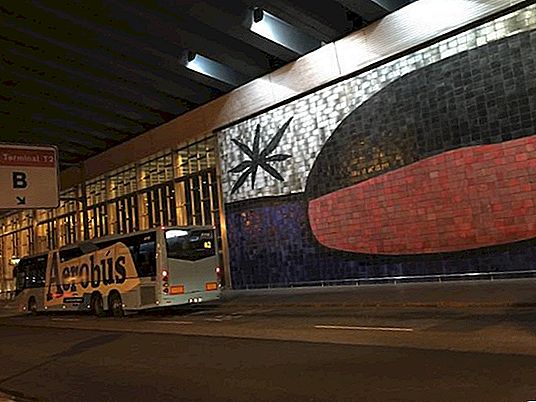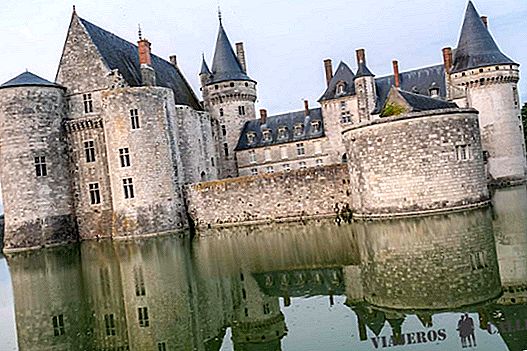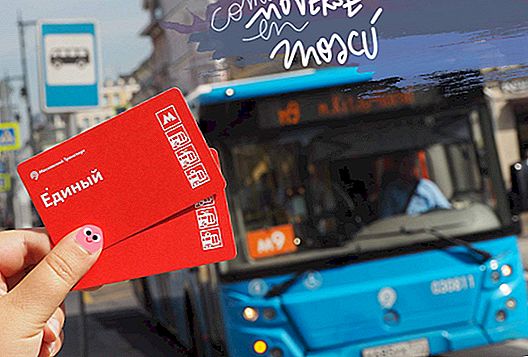
Moscow is a huge city, and if you want to make the most of your trip, you will have no choice but to use the public transport that the city offers. Occasionally, this should be a setback: losing my valuable minutes in a tram, traveling through the endless underground galleries to make a link between two meters, waiting for the correct line at the bus stop ...
But in Moscow taking public transport is already an attraction! Especially if we talk about the subway, you will know that its stations are amazing! But going by bus also allows you to enjoy the panorama without having to move your legs. Total, we were delighted! But first, you'll have to know a little more how public transport works in Moscow and that types of tickets exist. Here is our guide on how to get around Moscow (without a hysterical attack).
The public transport network in Moscow is made up of the lines of bus, from trolley car and, of course, of his famous meter. You still don't know why he is so well known? Moscow has some of the most beautiful metro stations in the world, in fact there are tours that take you to discover the most interesting. It is something like a museum for the people, built by the communist government to brighten the eyes of all the working citizens of its capital, who every day had to take the subway.
- METER -
The Moscow metro has a total of 14 lines and is the third longest in the world (after New York and London). Although it is quite simple to use. It works like the meters of other cities: in each station you will have signs towards the line that interests you (differentiated by numbers and colors). And then it is divided into two, each towards an address, marked with the name of the last stop of each end of the line. Normally, this last division is on the same platform, although it may be before going down the stairs, so be the parrot.
Is a radial system, where the lines pass through the city center and move away to different areas of the periphery, in this case the directions are marked with the name of the last stop. All except the line 5, What is it circular, in this case, to know the direction you have to take, look at the panels on the wall of each platform on the other side of the road: in red the name of the station you are in appears, and then the rest of the stops that follow.
Something important is that sometimes, the seasons through which several lines pass have a different name For each line. For example the station “Novoslobodskaya"From line 5 connects to the station"Mendeleevskaya”On line 9. It would be the same station for practical purposes, but with different names.
A curiosity is that the voice announcing the next stops is from man when you are approaching the center in the radial lines, or in the direction of the clockwise in the circular ones, and it will be woman In the opposite case.
- BUS AND TRAM -
Although the metro stations are wonderful, we prefer to move by bus and tram (the bus is mostly used in the center). It takes longer and maybe it's more awkward, but it allows you to go contemplating the city as you move We also take some lines, such as 2, with a route that does not have much to envy to the tourist buses.
To calculate the routes, it is best to get a Local SIM (here we explain how to do it) and use Google Maps (or Yandex, which would be something like the Russian Google). They are usually quite reliable, both with routes and schedules, but it is worth doing a couple of searches before deciding.
You can see them bus, tram and metro network maps and have more information on the official website of public transport in Moscow: //transport.mos.ru/en/
Basically there are two types of tickets:
- The Troika card (which would be like the London Oyster or the Madrid transport card), a plastic card that costs 50 rubles (refundable) and which you can load balance or bonuses. More info
- Cardboard tickets, which can be for individual trips or with day bonuses.
The price for using transport throughout the Moscow metropolitan area is 55 rubles for an individual ticket. If you use the Troika the price is reduced to 38 rubles for a trip (59 rubles for a combined trip of several transports during 90 minutes).
In the case that you are going to ride very few times, it will be better to buy individual bills, or take out a Troika card and load it with little money.
If you choose to buy day bonuses, which is what we did, the price is as follows:
- 1 day bonus: 230 rubles
- 3-day bonus: 438 rubles
- You can see more information about rates here
These bonuses are calculated for full days (that is, 24 hours for each day), so if you buy the 1-day voucher and use it for the first time at 11 a.m., it will be valid until 11 a.m. the next day.
All travel titles can be shop at all subway stations (There are machines in several languages and also lockers with people, but here the language will be Russian), and we also saw machines at the most important bus stops. You can pay in cash or by card. Individual tickets can also be purchased directly from the bus driver (same price of 55 rubles). Try to bring fair money, although they usually have coins for change.
We were 7 days and we caught two 3-day bonuses, and the last one only moved once, paying the individual ticket.
These are all the tricks to know how Moscow public transport works and that types of tickets exist. We hope you have it clearer now!

Save on your trip
Flights flights to Moscow: bit.ly/2Z9ilNE
accommodation Cheap in Moscow: bit.ly/2KQhCvC
Stay withAirbnb and get€ 25 discount: here
Activities in Spanish in Moscow: bit.ly/2MilLf7
Reserve the airport transfers: bit.ly/2P6ZfZ0
Rent a car with the best discounts: bit.ly/2xGxOrc
Compare prices in the van rental: bit.ly/2IFbMeB
Travel insurance IATI with a5% discount: bit.ly/29OSvKt
Books and travel guides: amzn.to/2Yj8Dfp
All our articles about Russia

